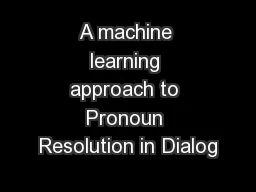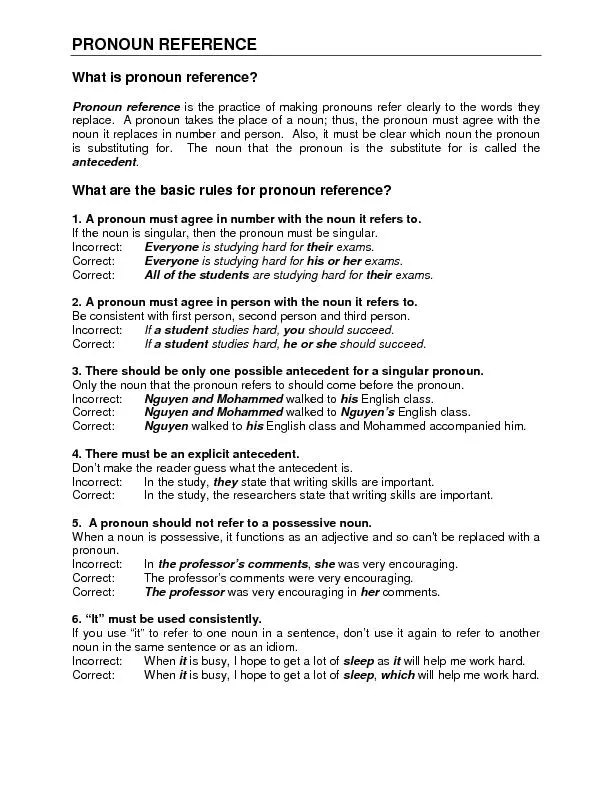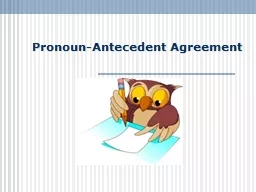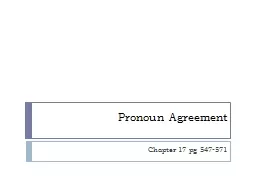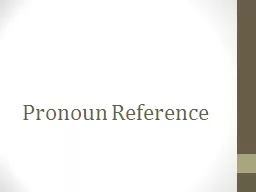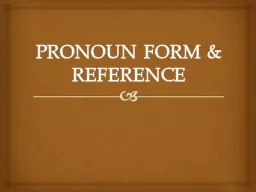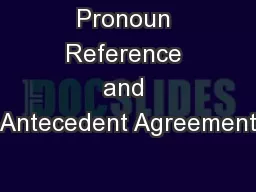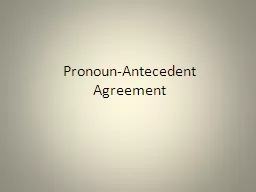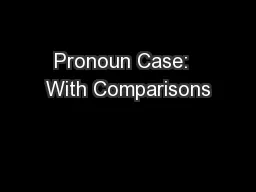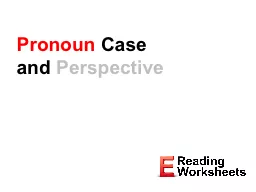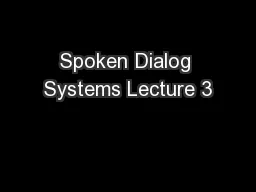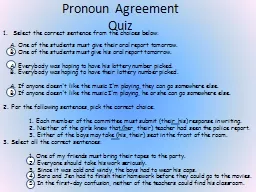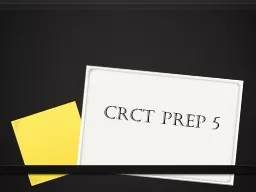PPT-A machine learning approach to Pronoun Resolution in Dialog
Author : ellena-manuel | Published Date : 2017-10-12
Nobal B Niraula March 26 2014 Advisor Dr Vasile Rus Anaphora in Etymology Ancient Greek Anaphora anajora Anajora ana Ana back in an upward direction jora
Presentation Embed Code
Download Presentation
Download Presentation The PPT/PDF document "A machine learning approach to Pronoun R..." is the property of its rightful owner. Permission is granted to download and print the materials on this website for personal, non-commercial use only, and to display it on your personal computer provided you do not modify the materials and that you retain all copyright notices contained in the materials. By downloading content from our website, you accept the terms of this agreement.
A machine learning approach to Pronoun Resolution in Dialog: Transcript
Download Rules Of Document
"A machine learning approach to Pronoun Resolution in Dialog"The content belongs to its owner. You may download and print it for personal use, without modification, and keep all copyright notices. By downloading, you agree to these terms.
Related Documents

